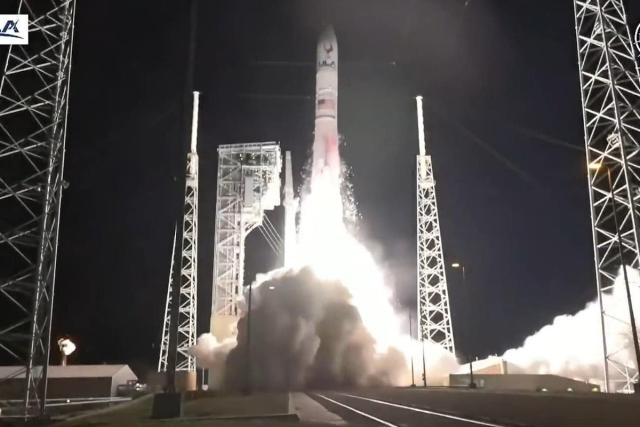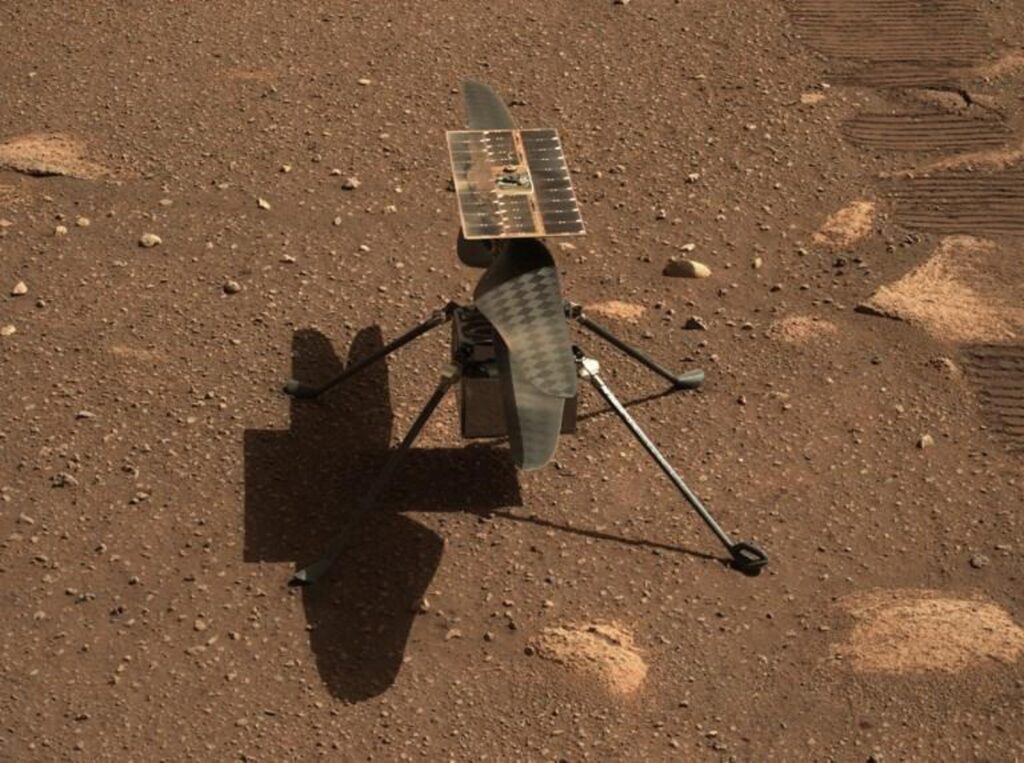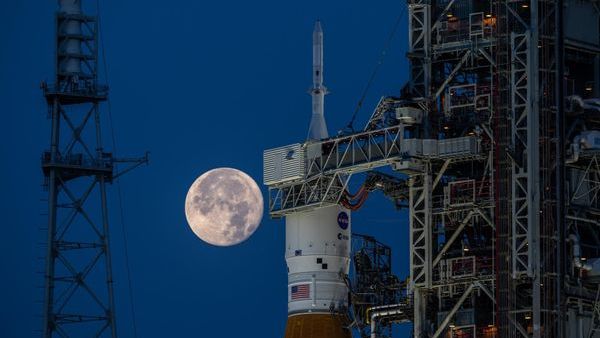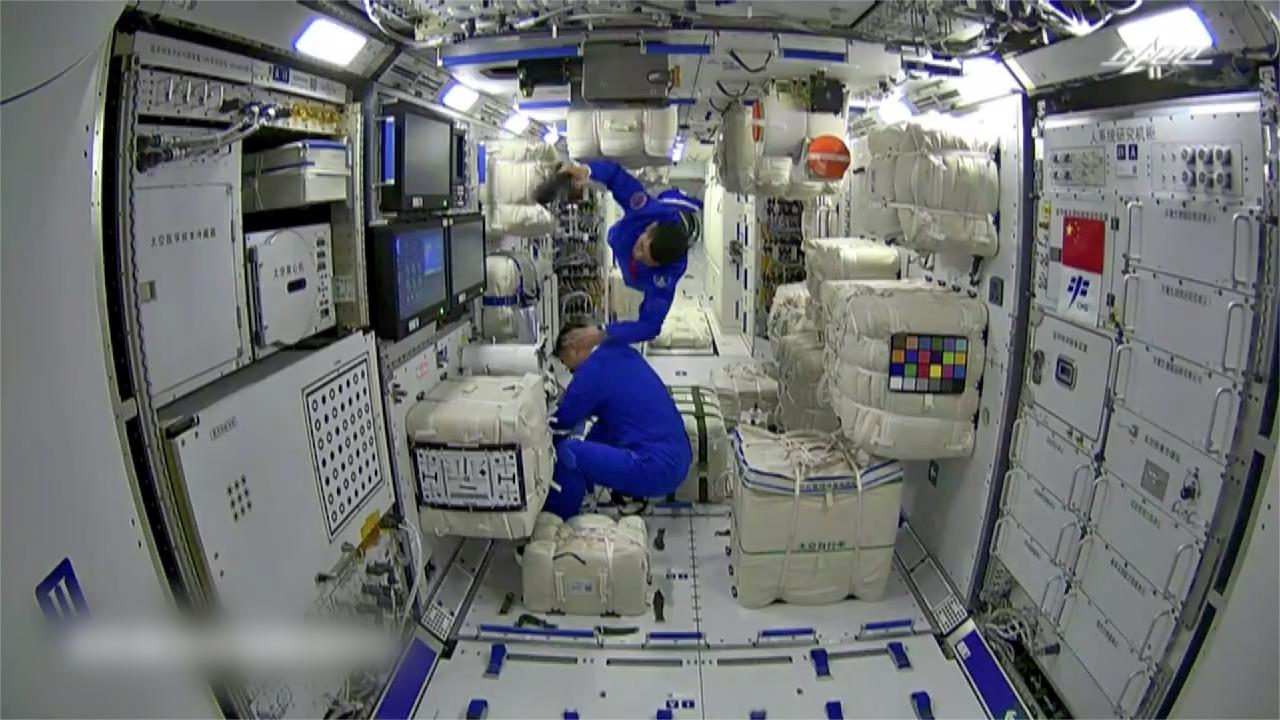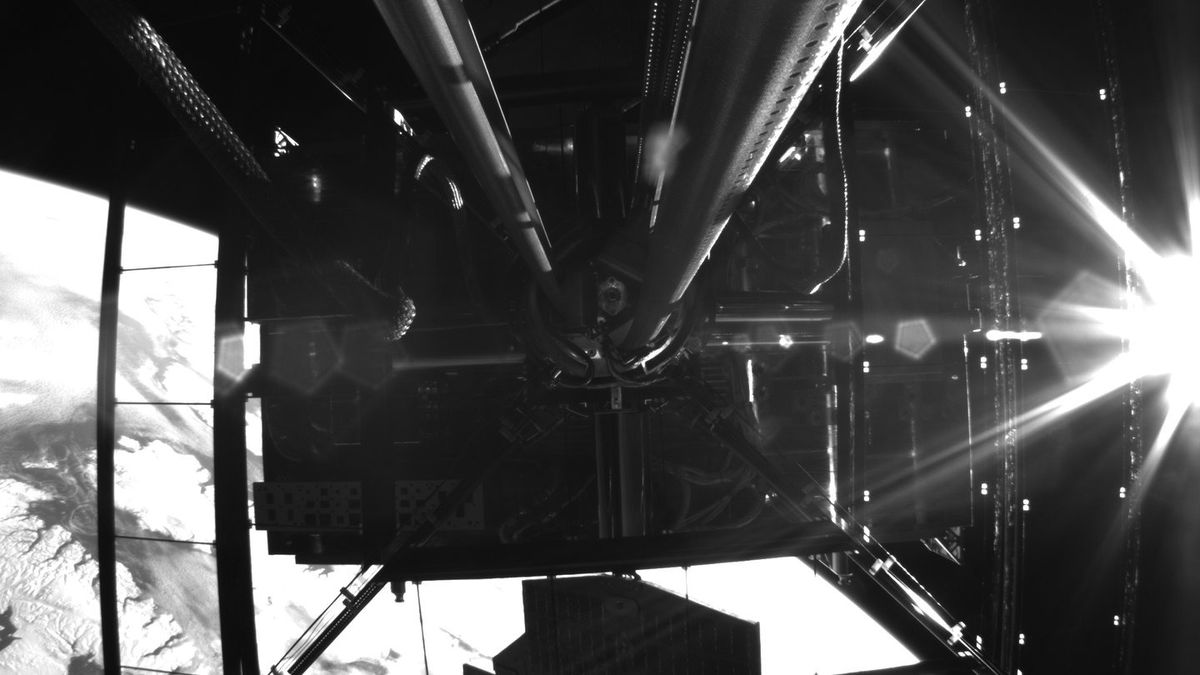Propulsion system anomalies hampered Astrobotic’s Peregrine moon lander, launched on United Launch Alliance’s Vulcan Centaur rocket. A propellant leak prevents the lander from orienting itself for solar panel charge, preventing a gentle moon landing. Despite the disaster, the mission crew found a silver lining: Peregrine had 40 hours of fuel, exceeding earlier expectations.
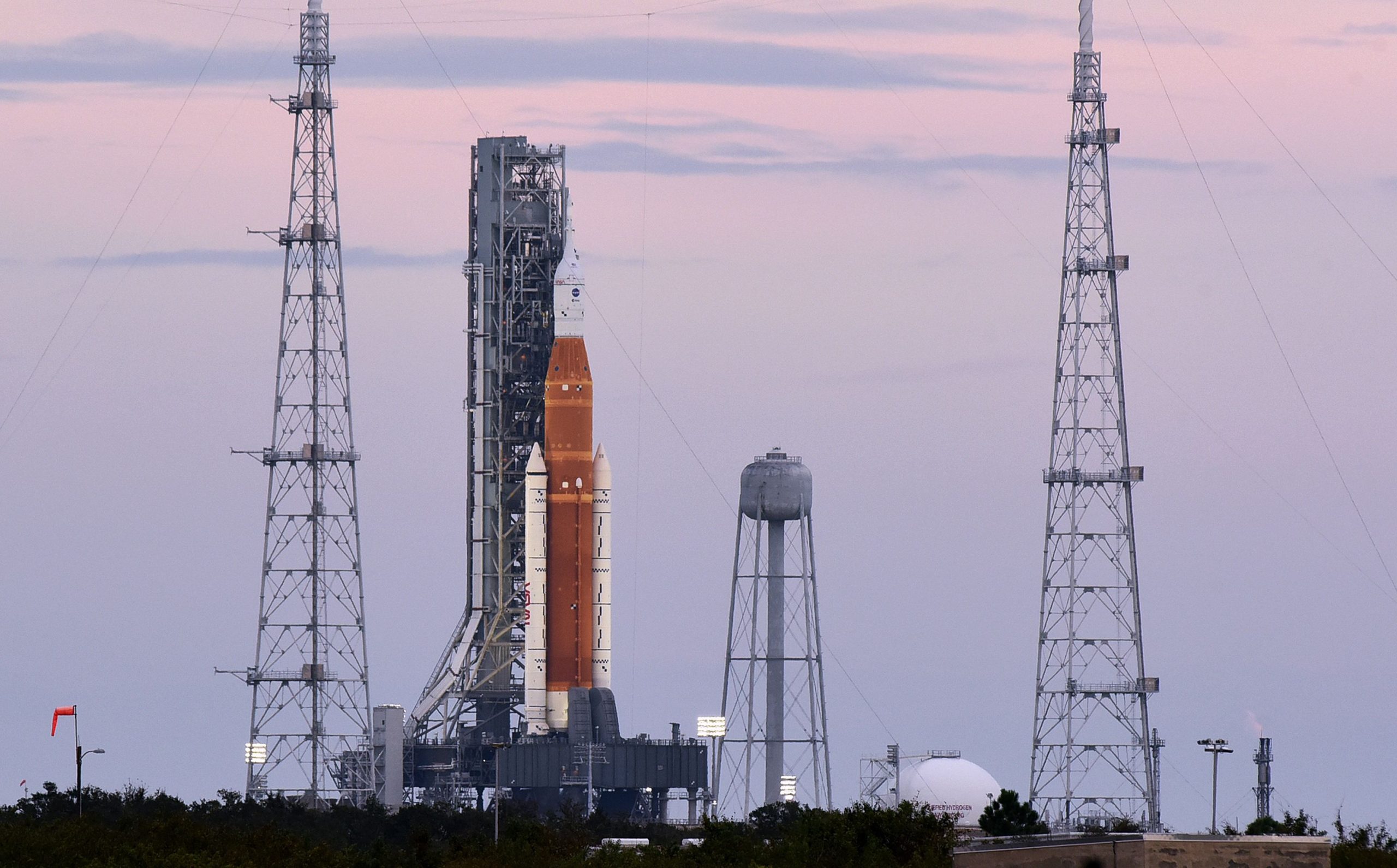
Peregrine’s Lunar Landing Dream Ends, Astrobotic Focuses on Future Missions
While testing and checking out potential lunar missions, including Griffin, set to fly later this year on a SpaceX Falcon Heavy rocket, Astrobotic is considering ways to extend Peregrine’s life.
Peregrine’s dream of being the first privately owned soft moon landing company is over. As part of NASA’s Commercial Lunar Payload Services (CLPS) program, Houston-based Intuitive Machines’ Nova-C lander may fly next month on a SpaceX Falcon 9 rocket.
For NASA’s CLPS mission, Peregrine carried five scientific equipment to analyze the moon’s radiation environment and look for water ice near the landing spot. The lander also carried 15 other payloads, including Celestis, a space-burial corporation whose memorial moon capsule the Navajo Nation opposed.
READ ALSO: Aditya L1: Unlocking Insights into Space Weather
Astrobotic Peregrine Mission: Learning from Setbacks for Future Lunar Exploration
Despite failing, the Peregrine mission crew saw a chance to gather data and evaluate spaceflight operations for Griffin lunar lander components and software.
Astrobotic remains committed to lunar exploration, and Peregrine’s experience improves future lunar missions. The incident emphasizes the risks and difficulties of space exploration and the need for robust systems and contingencies to assure mission success.
